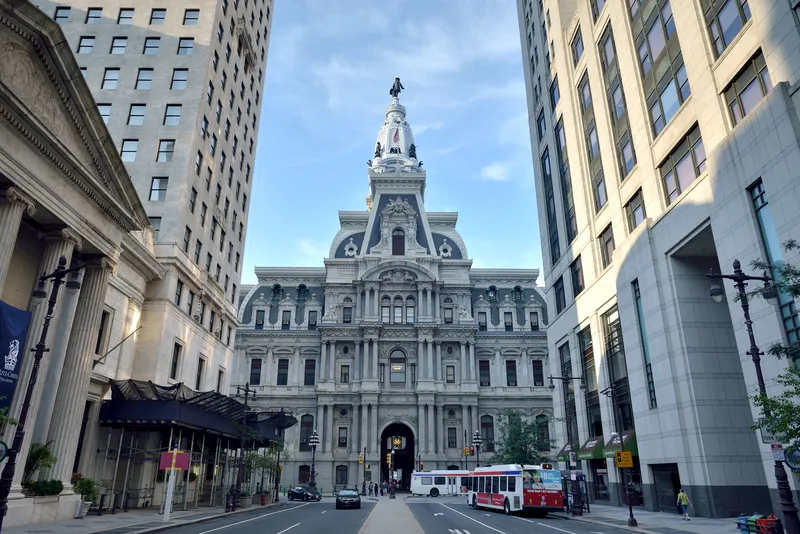A school bus stop arm pilot programme undertaken in Volusia County in Florida has revealed the level of drivers illegally passing stopped school buses when the stop arm is extended and children are boarding or disembarking. During a 29 day pilot period, cameras on just one of the county's 229 buses captured a total of 71 violations. The pilot results also showed that eight out of every 10 violations occurred between 1:00pm and 3:00pm with 67 per cent of the violations occurring on either Tuesday or Wednesday of each week. Under the pilot agreement, events were captured, but drivers were not prosecuted.
"Our goal was to measure how many drivers disregard stopped school buses with the stop arm extended and illegally pass them," said Greg Akin, director of transportation for Volusia County School District." Keeping our children safe is our number one priority and we want to change driver behavior in a positive way to protect the lives of the children who ride a school bus to and from school every day."
The Volusia School District is one of six statewide participating in this pilot programme.










